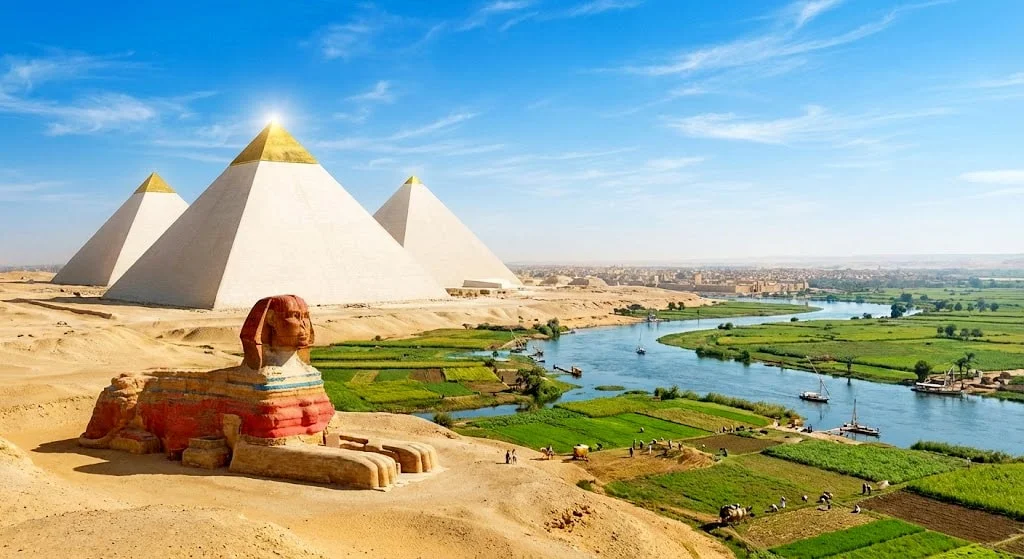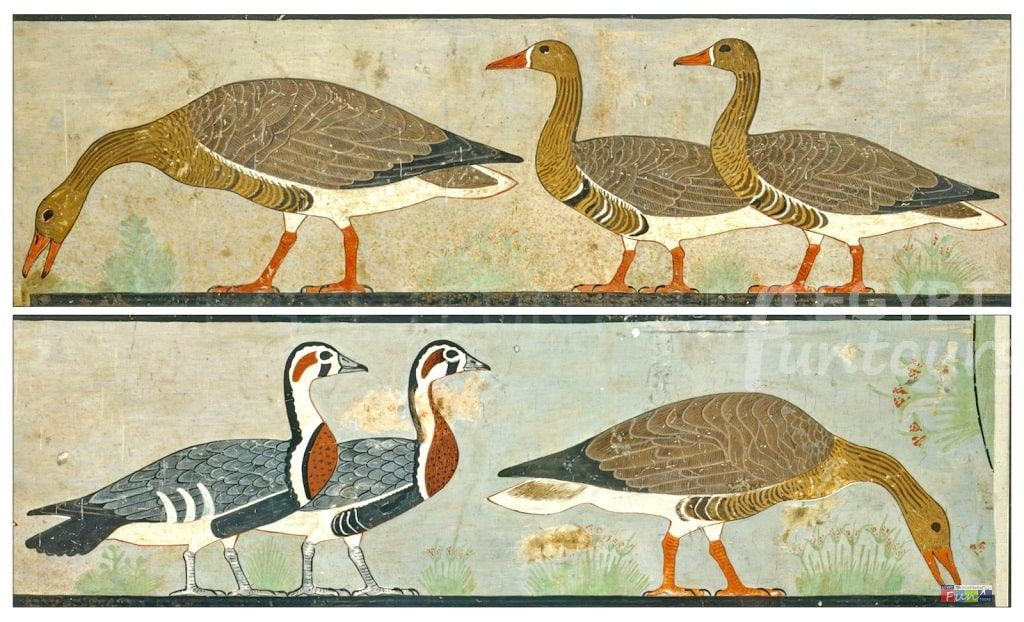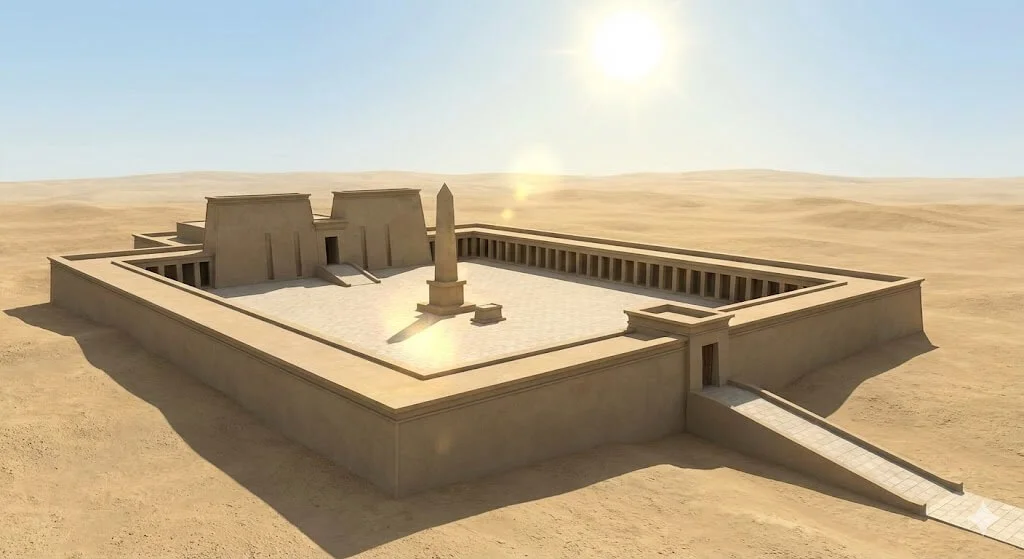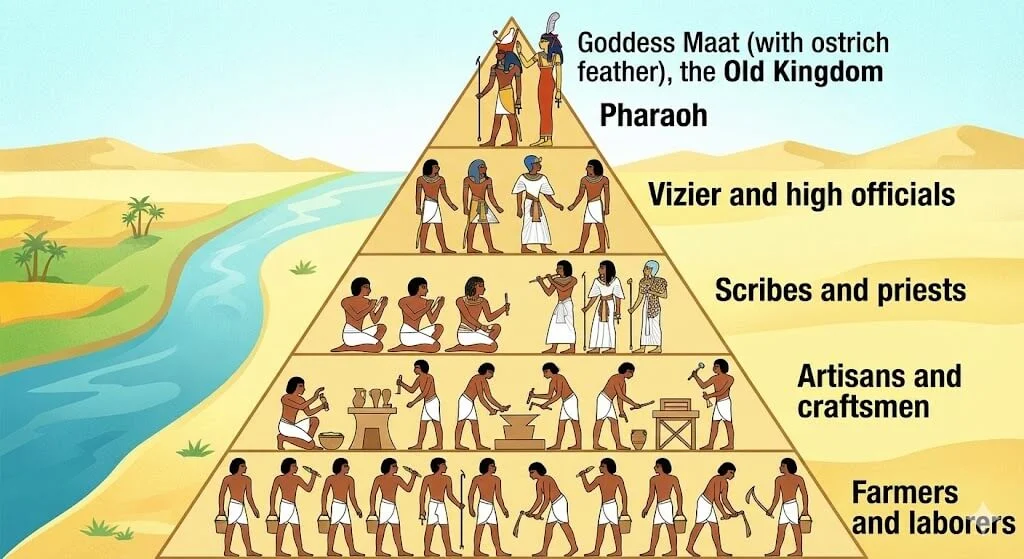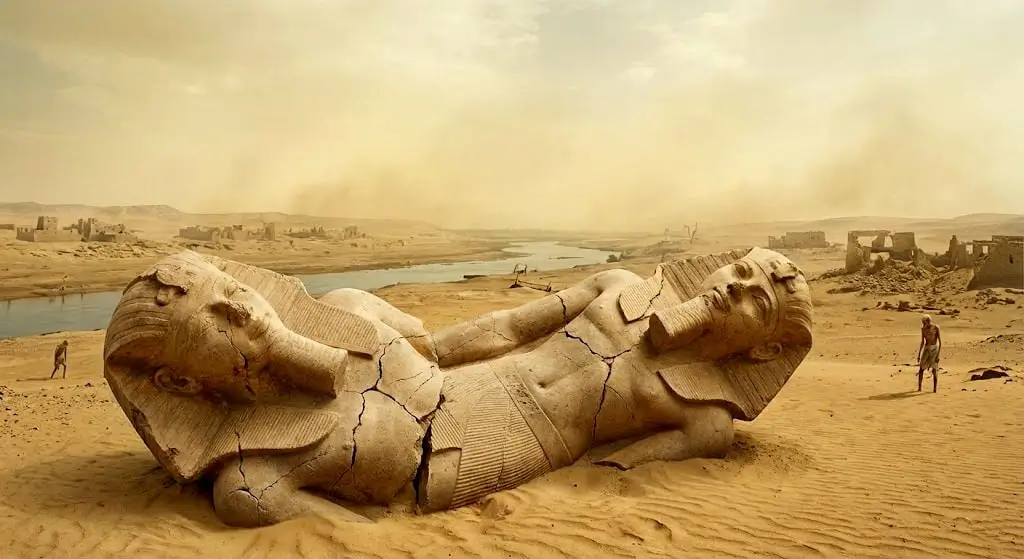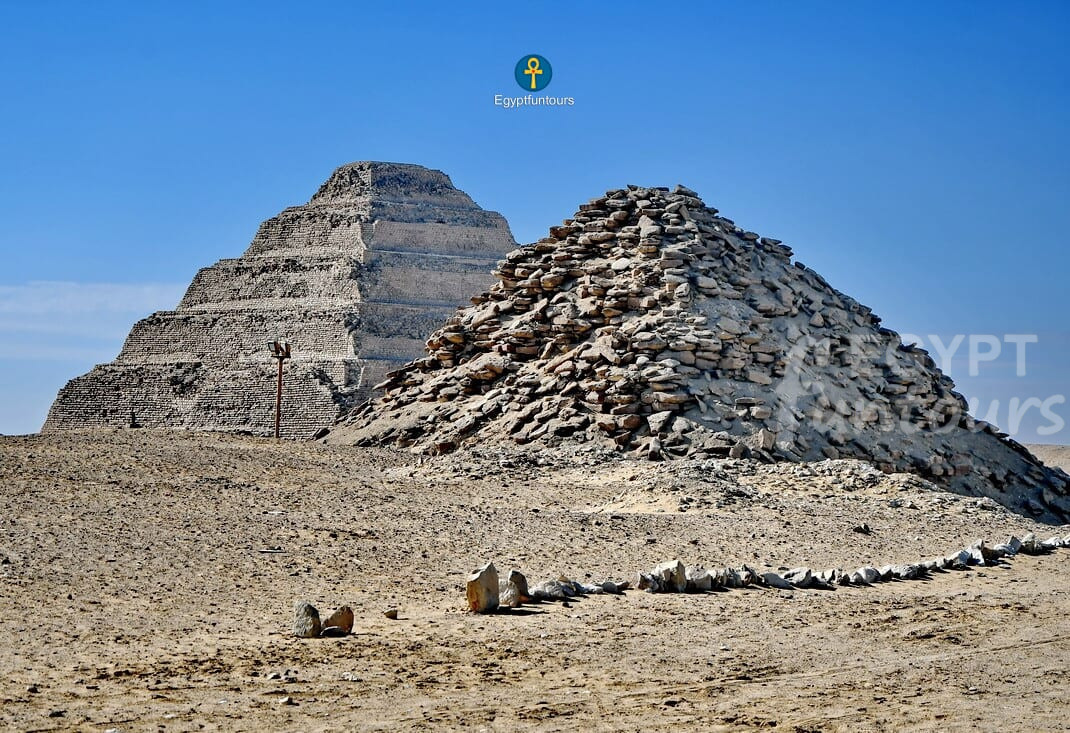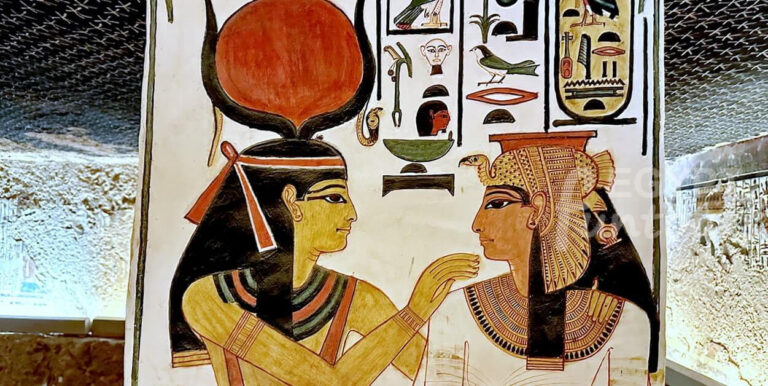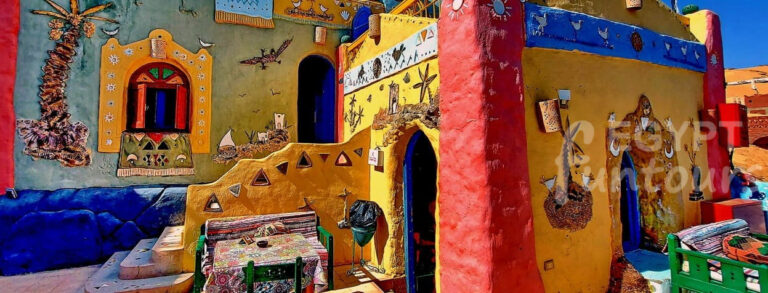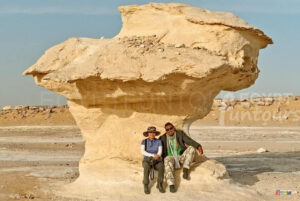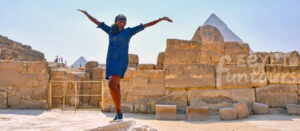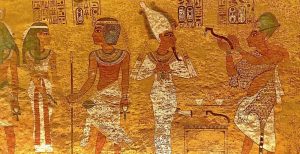The Dawn of Greatness: The Age of Maat
When we imagine Ancient Egypt—the colossal pyramids, the Sphinx, and the absolute power of the pharaohs—we are picturing the Old Kingdom of Egypt. Spanning from 2686 to 2181 BCE (the Third to the Sixth Dynasties), this era represents the civilization’s peak of creativity, wisdom, and architectural ambition.
However, this period was defined by more than just stone. It was guided by the concept of Maat—the goddess of truth, justice, and cosmic order. This spiritual stability allowed for a centralized government and the construction of history’s greatest monuments. Most of our knowledge comes from the stone carvings found in mortuary temples and the famous Pyramid Texts, which reveal the deep religious beliefs that drove this golden age.
This guide tracks the spectacular rise of the Old Kingdom of Egypt, from Djoser’s architectural revolution to the perfection of Giza, and finally to the political and environmental crises that “broke Maat” and brought the kingdom to an end.
Key Takeaways
- The Golden Age: The Old Kingdom of Egypt is known as the “Age of Pyramids,” featuring the Step Pyramid, the Bent Pyramid, and the Great Pyramids of Giza.
- The Rule of Maat: Society was governed by Maat (order/truth). The pharaoh was seen as a god responsible for maintaining this stability and the Nile’s floods.
- Centralized Power: A strong government in Memphis, led by a powerful Vizier, managed the country’s vast resources and labor force.
- The Collapse: A combination of economic drain, political fragmentation, and a climatic shift led to the chaos of the First Intermediate Period.


